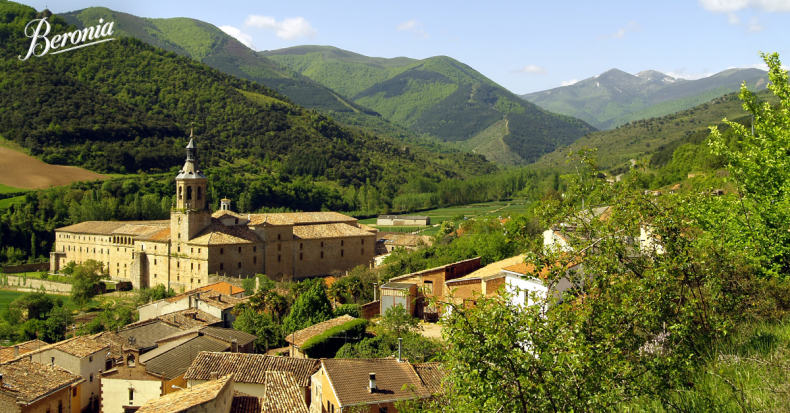Nowadays consumers value much more the quality of the product they are buying and this is why many Spanish products have a Denomination of Origin which guarantees the quality and unique character of the product.
Do you know exactly what a Denomination of Origin entails? How many we have in Spain? What are is covered by the Rioja Denomination?
69 Denominations of Origin for wine can be found in Spain.
Denominations of Origin, unlike general belief, are not solely an administrative status. A D.O. is the system that is used in Spain to recognise and protect a product with regards to its quality, unique characteristics, origin and tradition. In Spain we currently have 69 Denominations of Origin for wine, 2 of which, Rioja and Priorat have Qualified Denomination of Origin (DOCa). In addition, there are also 7 wine regions with geographical indication (Vino de la Tierra) and 14 Vinos de Pago.
Rioja leads the list of the main D.O.s
The 10 most important Denominations of Origin in Spain according to their total volume are: DOCa. Rioja (La Rioja).
- Cava (Catalonia).
- La Mancha (Castilla-La Mancha).
- Ribera del Duero (Castile and León)
- Valdepeñas (Castilla-La Mancha).
- Valencia (Comunitat Valenciana).
- Rueda (Castile and Leon).
- Cariñena (Aragon).
- Catalonia (Catalonia).
- Navarra (Autonomous Community of Navarre).
Requirements to obtain the classification of Denomination of Origin.
For a wine to obtain the Denomination of Origin it must fulfill the following obligations:
- The wine must be produced in the region or place of the Denomination of Origin with grapes grown in that geographical area and accepted by the D.O.
- The wine must show unique characteristics and quality that can only be achieved due to the geographical environment in which it has been produced.
- To become a D.O the region has to have completed at least 5 years a ‘Quality Wine’ region.
Rioja and Priorat belong to a higher category, the Qualified Denomination of Origin (DOCa), as they are seen to be of higher quality due to stricter additional regulations:
- The wine has to pass through a control system from production to commercialisation to guarantee the quality and also quantity of production.
- All the wine that is produced must be sold bottled.
- To become a D.O.Ca the region has to have completed at least 10 years as a D.O.
Rioja, the most prestigious Denomination of Origin.
The wine region of La Rioja extends along the river Ebro, a unique geographical area for the production of high quality wines with a unique personality. Rioja, with 63,593 hectares of vineyard, is the oldest Denomination of Origin in Spain (1925), and in 1991 it was the first D.O to become DOCa.
There are three production areas in Rioja: Rioja Alavesa (municipalities in the province of Álava, Basque Country), Rioja Baja (municipalities of La Rioja and Navarra) and Rioja Alta (municipalities of La Rioja and the province of Burgos)
The characteristics of the soils of these areas and the climate http://www.beronia.com/blog/clima-suelo-y-vinedo/ are the two main factors which influence the quality of grapes produced. In addition, the mineral richness from the river Ebro, makes La Rioja a privileged area for the cultivation of the vine.
The varieties of grapes currently authorized by the DOCa are:
- For Red wine: Tempranillo, Garnacha, Graciano, Mazuelo and Maturana.
- For White wine: Viura, Malvasia, Garnacha Blanca, White Tempranillo, White Maturana, Turruntés, Chardonnay, Sauvignon Blanc and Verdejo.
With regards to ageing the DOCa Rioja establishes 4 categories: Young wine, Crianza, Reserva and Gran Reserva. These classifications are differentiated by the time spent in barrel and bottle and are identified by stamps on the bottles given by the DOCa which guarantee the classification of the wine.
n Bodegas Beronia we are passionate about wine and we think is necessary to know its origin to value its quality.
If you want to learn more about the characteristics of each grape variety and the differences between one wine and another, we recommend you to read on our blog "Varieties of grape and Beronia wines and the Classification"



